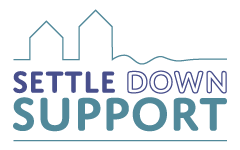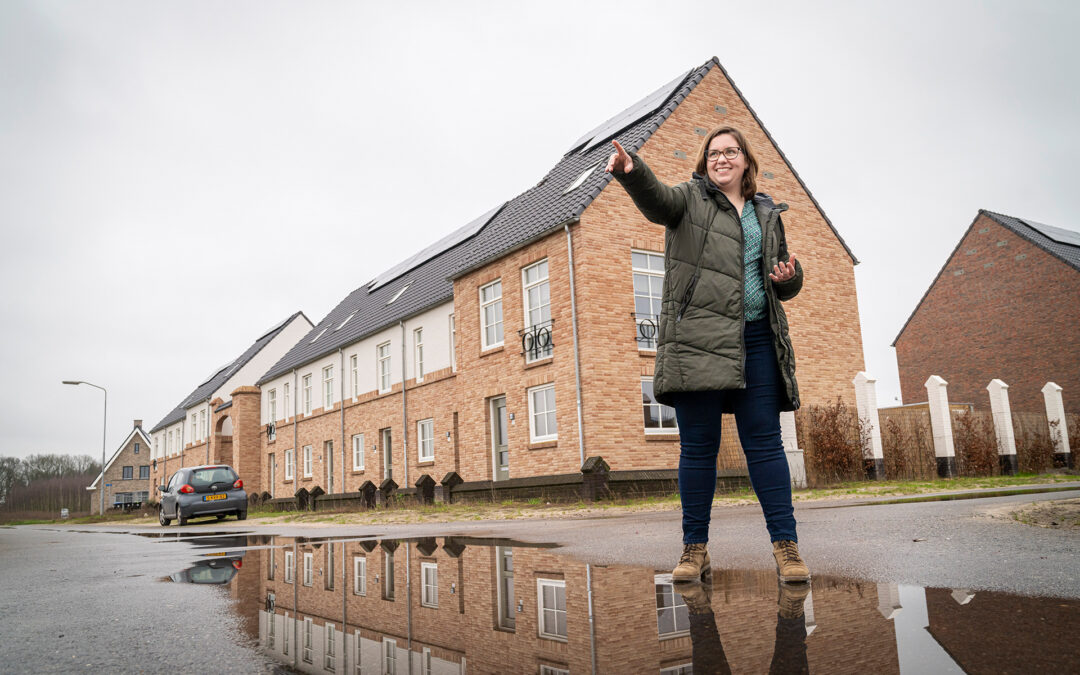Water in the Netherlands. As a little girl, it was so normal to have water everywhere around our house. In the village, I grew up, every street had its own ditch. And we lived closed to a large river, called “de Lek”. As the seasons went, there was always water, sometimes even too much, like in the 1990s.
If you want to know more about water in the Netherlands, visit Kinderdijk! Or not as famous, but also world heritage is the Woudagemaal.
Drinking water supply
Most drinking water in the Netherlands is made from water out of the ground or out of the rivers. Currently, there are 10 water suppliers. The water company of your area is the only choice you have. The water companies filter and clean the water and transform it into tap water. The quality is high, so you can drink it without worrying.
In the Netherlands, each of us uses an average of 130 litres of drinking water a day. That doesn’t sound much. But during the summer, the use of water can be doubled. We use drinking water to water the plants, fill the swimming pool or take an extra shower.
However, clean water is precious. There are some worries that water companies are not able to provide enough water in the next few years. Due to climate change, and pollution of the water.
Costs of water
For a family of two, the average monthly costs are €19.50 *, with a usage of 95m3 a year (2024). Or around €1.60 m3 and €79 delivering costs a year.
Lime
Lime is one of the nutrients of drinking water. This lime can cause limescale, which can be removed by thorough cleaning. In some areas, water contains much more lime then in other areas.
If the lime causes problems, you can consider mounting a water softener.
What can you do to limit your water usage?
1. Use less water
We all know things like: use a water saving shower head (saves you around €60 a year), shower a minute shorter, push the eco button on your wash machine etc. Small things matter.
You can also save water by planting the right plants in your garden.
2. A rain barrel
One of the most easy solutions is placing a rain barrel. And use the water for watering your plants in the dry seasons. Your plants will thrive, because rain water doesn’t contain as much as lime.
3. Tiles and stone out, plants in
Did you know that stones doesn’t absorb rainwater? But plants do. By replacing stone into plants in your garden, you help nature. And the result is also the lower temperature in your garden in the summer. If you want to do it completely right, plant sturdy plants.
4. Green roof
Transform your flat roof in a green roof. A green roof is made out of a substrate and sedum plants. The advantages are:
– Rainwater is absorbed by the sedum plants.
– Extra insulation.
– Very cool in the summer.
– Your roof lasts longer.
– Good for nature.
Not every roof in every situation is suited. So first: investigate. If you want help, just contact me.
Subsidies
Believe it or not, you can ask for subsidy for green roofs, removing stones from your garden and sometimes even for rain barrels. It depends on which municipality you live. You can find here the subsidies for Eindhoven, Valkenswaard and Son en Breugel.
Conclusion
Although we take for granted that there is always water in the Netherlands, the reality is that different.
As a house owner, you can make a change. Sometimes just to buy a rain barrel. In other cases, you may need some more help. Feel free to send an e-mail by clicking this link.
*source nibud.nl



Trackbacks/Pingbacks